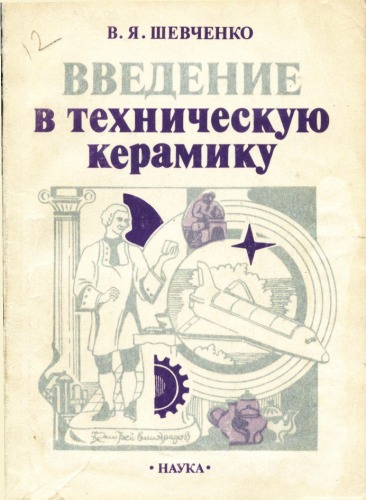- 2 402 202 книги
Multichain Immune Recognition Receptor Signaling: From Spatiotemporal Organization to Human Disease (Advances in Experimental Medicine and Biology)
Multichain Immune Recognition Receptor Signaling: From Spatiotemporal Organization to Human Disease (Advances in Experimental Medicine and Biology)
Alexander SigalovMultichain Immune Recognition Receptors (MIRRs) represent a family of surface receptors expressed on different cells of the hematopoietic system and function to transduce signals leading to a variety of biologic responses. These receptors share common structural features including extracellular ligand-binding domains and intracellular signaling domains intriguingly carried on separate subunits. Another important feature that links members of the MIRRfamily is the presence of one or more copies of a cytoplasmic structural module termed the immunoreceptor tyrosine-based activation motif (ITAM). ITAMs consist of conserved sequences of amino acids that contain two appropriately spaced tyrosines (YxxL/Ix6-8YxxL/I, where x denotes non-conserved residues). Following receptor engagement, phosphorylation of ITAM tyrosine residues represents one of the earliest events in the signaling cascade. Although the MIRR-mediated ligand recognition and the MIRR-triggered downstream signaling cascades are believed to be among the best studied in biology in recent years, at present the spatial organization of the MIRRs, its reorganization in response to ligand binding as well as the molecular mechanisms underlying the initiation of MIRRsignaling remain to be elucidated.
MIRR-mediated signal transduction plays an important role in both health and disease, making these receptors attractive targets for rational intervention in a variety of immune disorders. Thus, future therapeutic strategies depend on our detailed understanding of the molecular mechanisms underlying MIRRtriggering and subsequent transmembrane signal transduction. In addition, knowing these mechanisms would provide a new handle in dissecting the basic structural and functional aspects of the immune response.
The central idea of this book is to show that the structural similarity of the MIRRs determines the general principles underlying MIRR-mediated transmembrane signaling mechanisms and also provides the basis for existing and future therapeutic strategies targeting MIRRs. The reviews assembled in this book detail the progress in defining and controlling the spatiotemporal organization of key events in immune cell activation. An improved understanding of MIRR-mediated signaling has numerous potential practical applications, from the rational design of drugs and vaccines to the engineering of cells for biotechnological purposes. Section I reviews the spatial organization and physiological function of MIRRfamily members such as Tcell receptor, B cell receptor, Fc receptors, natural killer cell receptors and the platelet collagen receptor glycoprotein VI. Section II focuses on current models of MIRRtriggering and highlights modern technologies available to visualize cell-cell interaction contacts such as immunological synapse and also to measure protein-protein interactions in space in real time. Potential therapeutic strategies targeting MIRR-mediated signaling are briefly reviewed in Section III.
This book summarizes current knowledge in this field and illustrates how control of MIRR-triggered signaling could become a potential target for medical intervention, thus bridging basic and clinical immunology. Describing the molecular basis of MIRR-mediated transmembrane signaling, this volume addresses a broad audience ranging from biochemists and molecular and structural biologists to basic and clinical immunologists and pharmacologists.
----
The book removed at the request of the copyright holder.

В.Бекетов, К.Харченко. Измерения и испытания при конструировании и регулировке радиолюбительских антенн (djvu)

Самодельные детали для сельского радиоприемника
Авторы: З.Б.Гинзбург, Ф.И.Тарасов.
Система упражнений по развитию способностей человека (Практическое пособие)
Петров Аркадий Наумович












